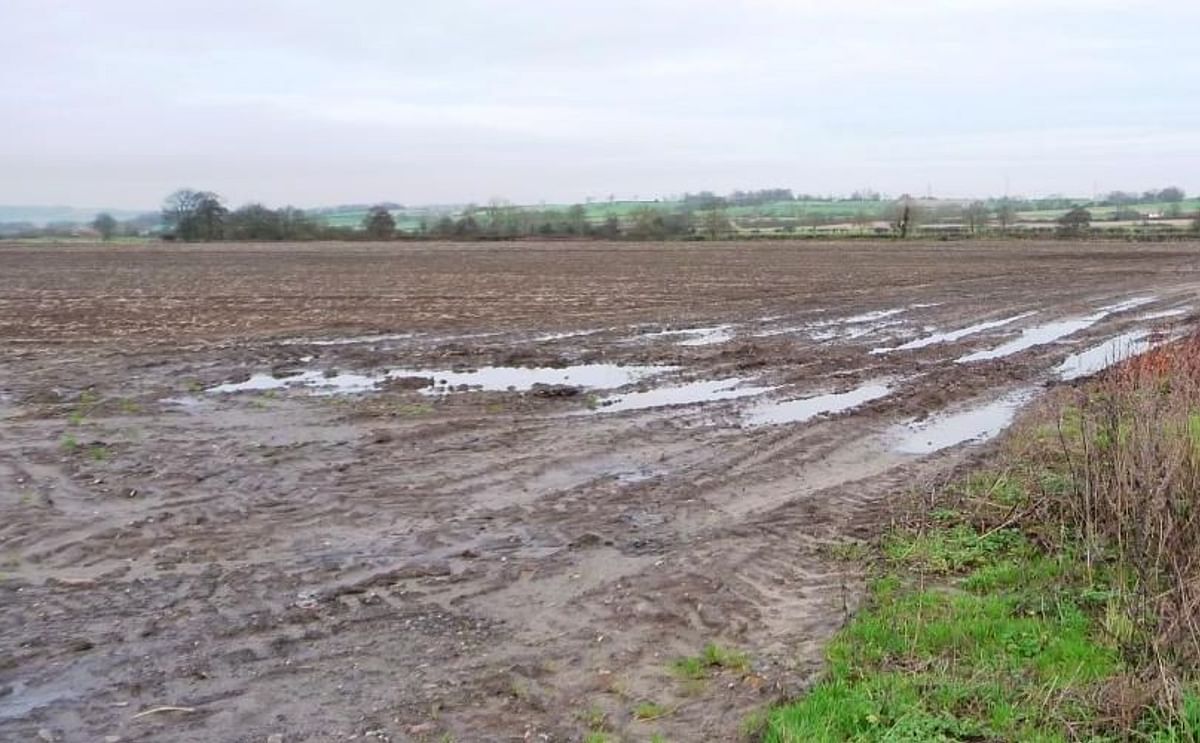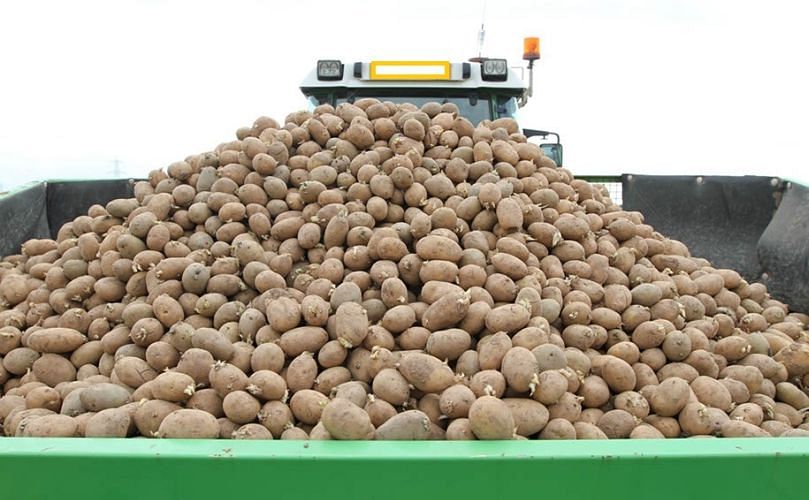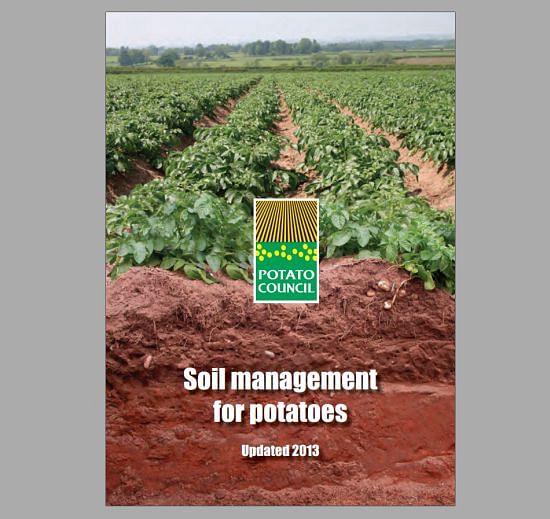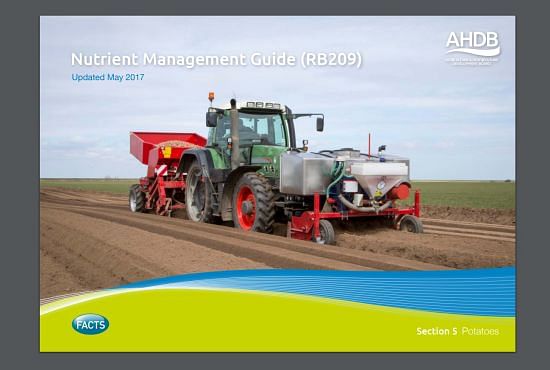Waterlogged field (2015)
Planting Late? AHDB Potatoes offers tips to avoid pitfalls

The weather has not been kind to potato growers in the United Kingdom.
AHDB potatoes offers some helpful tips and guidance to make it a successful potato growing season nevertheless.
Patience
Claire Hodge, AHDB Potatoes Knowledge Exchange Manager - Scotland:
“After watching it rain for six weeks, as your expected planting dates disappear behind you, it can be tempting to jump on the planter at the first break in the weather.”
“Patience and risk mitigation now, can help prevent poor results come harvest.”
The key message is not to panic, waiting a few days and planting in the right conditions is often better than ‘losing’ a couple of days growing time.
This article describes some of the key risks associated with the timing of planting, and highlights some resources available to help manage them.
We would always recommend talking with your agronomist or advisor before acting, or - if you are in the United Kingdom - talk to your local AHDB Knowledge Exchange Manager.
Work Safe!
No matter when potato planting is done, work safe...
At this time of year, you and your team are likely to be putting in long hours to get the job done.
It is important to ensure you are working in a safe way, the AHDB Safe Potato Operations video series is there to help.
(Click picture to watch video) 
Safe Potato Operations: induction
Full overview of the different modules available
Avoid compaction
Planting in wet conditions can lead to yield losses larger than that you would experience from delayed planting.
Mark Stalham of NIAB CUF:
“Serious yield loss due to late planting only really starts occurring after 7 May in England for a Group 3 determinacy variety.”
“With longer daylight hours in Scotland, this may even be a few days later.”
“The risks are associated with delayed emergence and the crop not reaching full cover by the longest day of the year.”
On the other hand, poor soil conditions can lead to compaction - and the associated yield loss.
Mark Stalham:
“It is highly likely that a 2 – 5 t/ha yield loss may occur if poor soil conditions lead to compaction.”
There is more information on the risks associated with compaction and how to reduce them on pages 12 and 13 of: Soil management for potatoes.
Compaction often occurs when the soil surface is dry but it is wet below the surface. Simply digging a hole to inspect soil plasticity sits in the field you are intending to plant, should do the job “…you should not be able to form a string of soil 3 mm thick” said Mark Stalham.
Seed spacing

Seed spacing needs to be widened to achieve the optimum size specification.
Mark Stalham:
“The shorter season and potential compaction issues means that tuber size is likely to be smaller owing to lower yield.”
“Seed spacing needs to be widened to achieve the optimum size specification.”
AHDB has seed rate guides for eight potato varieties that are popular in the United Kingdom. The guide works on a planting date of the 15 April, so this will give you a starting point from which to begin.
There have also been demonstrations conducted on seed spacing at SPot Scotland.
Nitrogen requirement
A shorter season will reduce the nitrogen requirement for the crop. The Nutrient Management Guide (RB209), Section 5 (Potatoes), contains tables (page 22) with suggested nitrogen rates based on growing season length.
Click to access AHDB Nutrient Management Guide (RB 209) Section 5: Potatoes; updated May 2017.
You can also use the AHDB Fertiliser Calculator
(Courtesy: AHDB)
Mark Stalham:
“A shorter season will typically reduce the N requirement (by 20, 13 and 10kg/week for Group 1, 2 and 3 determinacy varieties, respectively).”









